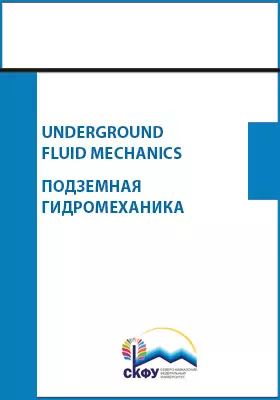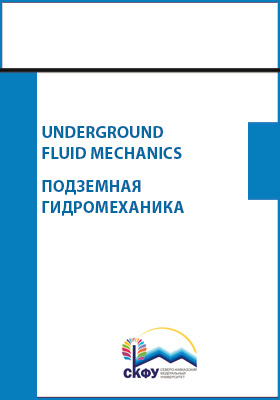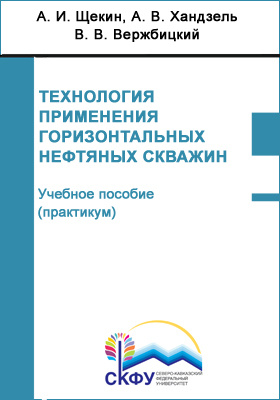Underground Fluid Mechanics = Подземная гидромеханика
Автор: Александр Хандзель, Петр Ливийцев, Наталья Клименко, Алёна Шестерень
Форматы: PDF
Издательство: Северо-Кавказский Федеральный университет (СКФУ)
Год: 2016
Место издания: Ставрополь
Страниц: 149
Артикул: 21644
Краткая аннотация книги "Underground Fluid Mechanics"
Пособие разработано в соответствии с программой дисциплины и ФГОС ВО Федеральным государственным образовательным стандартом высшего образования; представляет курс лекций, в котором дается освещение теории фильтрации нефти, газа, воды и их смесей в поровых и трещиноватых пластах, плоской фильтрации, неустановившейся фильтрации, фильтрации многофазных систем в подземных коллекторах, моделей вытеснения несмешивающихся жидкостей. Предназначено для студентов, обучающихся по направлению подготовки 21.03.01. - Нефтегазовое дело.
Содержание книги "Underground Fluid Mechanics"
INTRODUCTION
1. PHYSICAL PRINCIPLES OF UNDERGROUND FLUID MECHANICS
1.1. Modeling concepts
1.2. Models of filtration flow
1.3. Models of reservoirs
2. CHARACTERISTIC PROPERTIES OF RESERVOIRS 15
2.1. Parameters of porous media
2.2. Parameters of fractured media
3. LAWS OF FILTRATION
3.1. Velocity of filtration in a porous medium
3.2. Darc/s linear law of filtration
3.3. Law of filtration in a fractured medium
4. LIMITS OF DARCY'S LAW APPLICABILITY
4.1. Limits of Darc/s law applicability
4.2. Laws of filtration at Re > Recr
5. DIFFERENTIAL EQUATIONS OF FILTRATION
5.1. The equations of flow in a porous medium
5.2. The equations of potential motion
5.3. The equations of filtration in a fractured-porous medium
6. RELATIONSHIP BETWEEN FLUID PARAMETERS, POROUS MEDIUM PARAMETERS AND PRESSURE
6.1. Initial and boundary conditions
6.2. Fluid density and viscosity dependence of reservoir pressure
6.3. Rock porosity and permeability dependence of reservoir pressure
7. UNIDIMENSIONAL STEADY-STATE POTENTIAL FILTRATION
7.1. Types of unidimensional flows
7.2. Solutions of the differential equation of the steady-state potential unidimensional flow
7.3. Potential functions
8. BASIC RELATIONSHIPS OF UNIDIMENSIONAL FILTRATION
8.1. Flow of incompressible liquid in a non-deformable formation
8.2. Flow of incompressible liquid in a fractured deformable formation
8.3. Flow of ideal gas in a non-deformable formation
8.4. Real gas filtration in a non-deformable formation
9. FILTRATION AT NONLINEAR LAWS
9.1. Incompressible liquid in a non-deformable formation
9.2. Ideal gas in a non-deformable formation
9.3. Homogeneous incompressible liquid in a deformable (fractured) formation
9.4. Ideal gas in a deformable (fractured) formation
9.5. Filtration in non-uniform reservoirs
10. FLAT PROBLEMS OF FILTRATION THEORY
10.1. System of equations for potentials of a group of wells
10.2. Aflow from an injection well to a production well
10.3. Inflow to a well in a reservoir with a rectilinear charge contour
10.4. Inflow to a well located near impenetrable rectilinear border
10.5. Inflow to a well in a reservoir with a remote charge contour of an arbitrary form
11. INFLOW TO GROUPS OF WELLS
11.1. Inflow to a group of wells with remote charge contour
11.2. Inflow to the ring battery of wells
11.3. Inflow to rectilinear battery of wells
11.4. Amethod of equivalent filtration resistance
12. INFLOW TO HYDRODYNAMICALLY IMPERFECT WELLS
12.1. Types of wells' imperfections. Reduced radius. Additional filtration resistance
12.2. Flow of a liquid under Darcy's law to an imperfect well
12.3. Flow of a real gas under quadratic law to an imperfect well
12.4. Interference of imperfect wells
12.5. Interaction of wells in non-uniformly permeable and anisotropic reservoirs
12.6. Influence of radius of a well on its productivity
13. NON-STATIONARY FILTRATION OF ELASTIC LIQUID
13.1. Concept of formation compaction drive
13.2. Main parameters of compaction drive theory
13.3. Differential equation of non-steady state filtration of elastic liquid (piezo-conductivity equation)
13.4. Derivation of the basic equation of compaction drive
14. INFLOW TO A WELL AT COMPACTION DRIVE
14.1. The analysis of the major formula of compaction drive theory
14.2. Interaction of wells
14.3. Determination of filtration properties of reservoir by non-stationary methods of well testing
15. NON-STEADY STATE FILTRATION OF GAS IN A POROUS MEDIUM
15.1. Klinkenberg's effect, gas slippage
15.2. Leibensohn's equation of non-stationary gas filtration
16. FUNDAMENTALS OF THE THEORY OF FILTRATION OF MULTIPHASE SYSTEMS
16.1. The basic characteristics of multiphase nitration
16.2. Relative permeability
16.3. Initial equations of multiphase filtration
17. MODELS OF DISPLACEMENT OF IMMISCIBLE LIQUIDS
17.1. Equations of two-phase filtration
17.2. Buckley - Leverett model
SUBJECT CONCLUSION
REFERENCES
Appendix A
Все отзывы о книге Underground Fluid Mechanics
Отрывок из книги Underground Fluid Mechanics
I UNDERGROUND FLUID MECHANICS Bulk volume measurements. Bulk volume measurements are classified into two types: linear measurement and displacement methods. Linear measurement is simply physically measuring the sample with a vernier caliper and then applying the appropriate geometric formula. This method is quick and easy, but is subject to human error and measurement error i f the sample is irregularly shaped. Displacement methods rely on measuring either volumetrically or gravimetrically the fluid displaced by the sample. Gravimetric methods observe the loss in weight o f the sample when immersed in a fluid, or observe the change in weight of a pycnometer filled with mercury and with mercury and the sample. Volumetric methods measure the change in volume when the sample is immersed in fluid. For all displacement methods, the fluid is prevented from penetrating into the pore space by coating the rock surface with paraffin, saturating the rock with the same fluid, or using mercury as the displacing fluid. Pore Volume Measurements. Several methods have been developed to measure the pore volume of a sample. The original mercury injection methods such as Washburn-Bunting and Kobe are obsolete and seldom used. Their elimination was due to the destructive nature o f mercury and the lack of accurate results. A second method is called the fluid resaturation method. A clean and dried sample is weighted, saturated with a liquid of known density, and then reweighed. The weight change divided by the density of the fluid results in the pore volume. This technique also yields effective porosity; however, complete saturation is seldom obtained and therefore porosity is commonly lower than that determined from the Boyle's Law method. Furthermore, i f the sample is water sensitive then oil should be used as the saturating fluid. The procedure is slow, however numerous samples can be run simultaneously. Alongside with full porosity a concept of dynamic porosity is frequently ...
С книгой "Underground Fluid Mechanics" читают
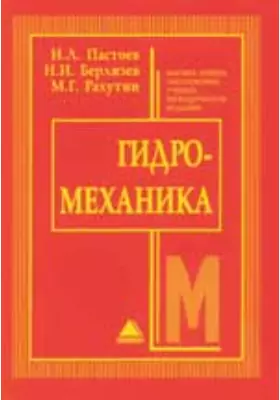
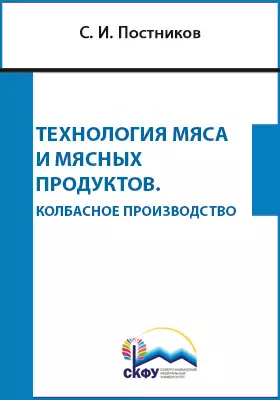
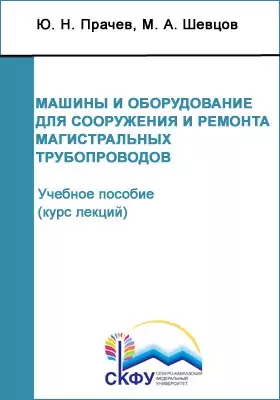
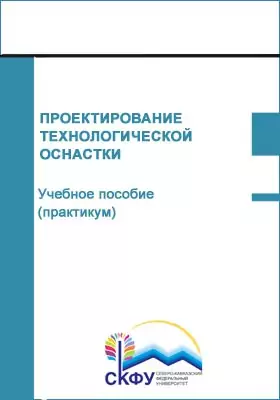
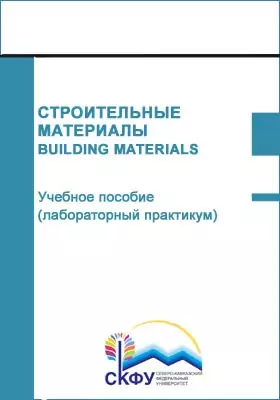
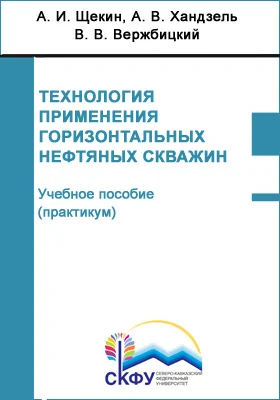
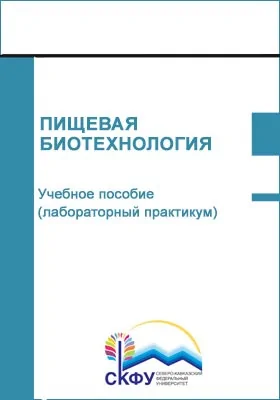
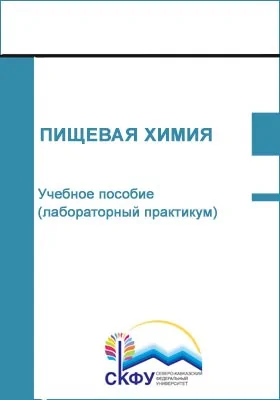
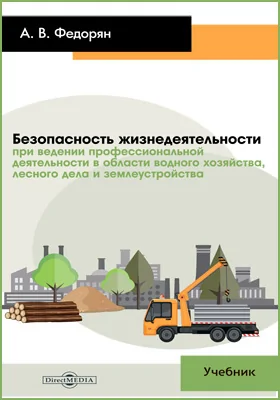
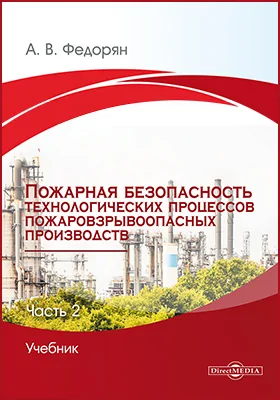
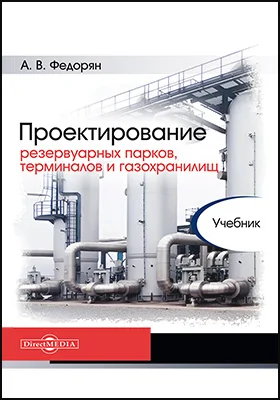
Бестселлеры нон-фикшн
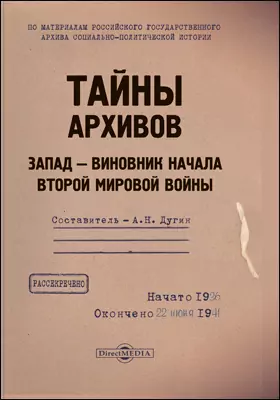

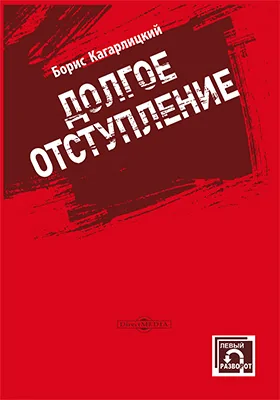
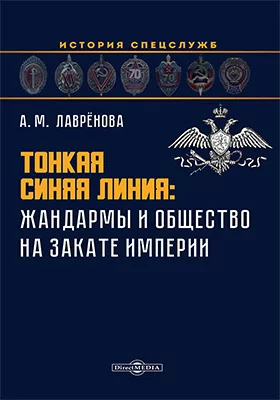

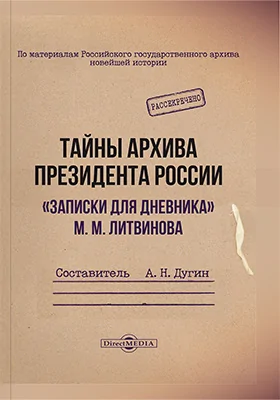
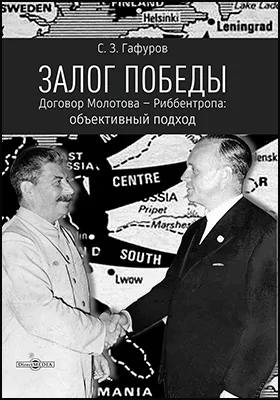
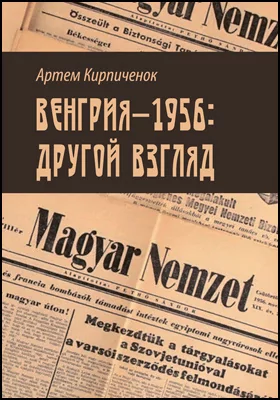
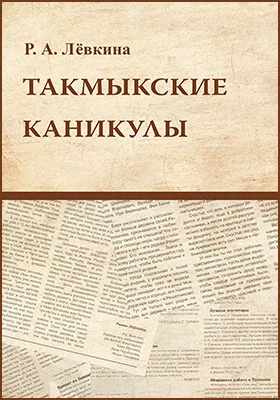
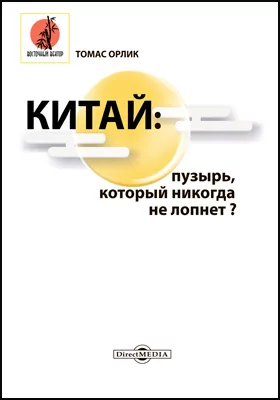
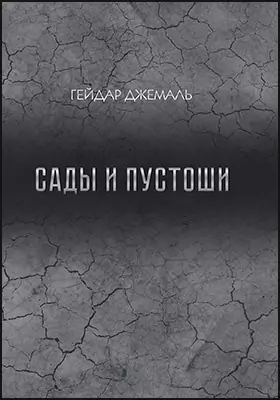


Новинки книги нон-фикшн

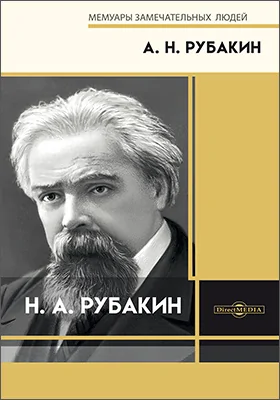
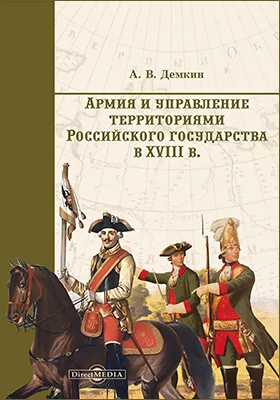


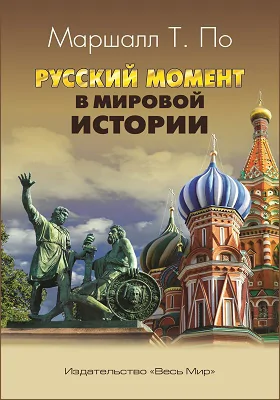
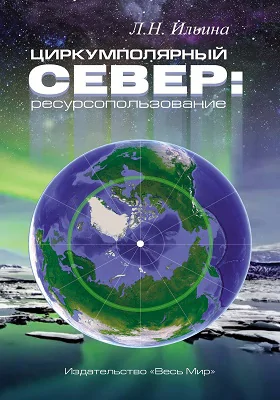
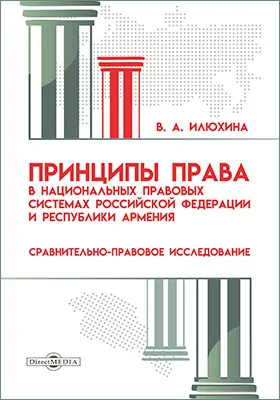
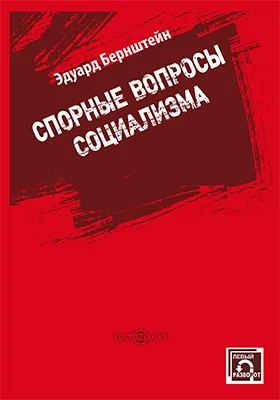
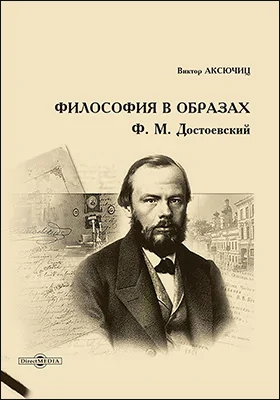
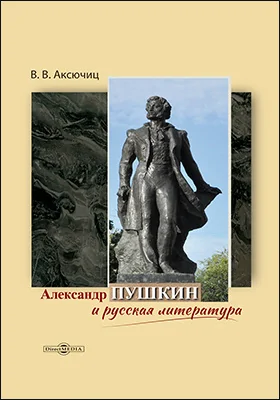
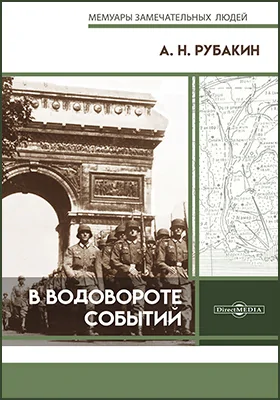

Хандзель А. В. другие книги автора
и мы свяжемся с вами в течение 15 минут
за оставленную заявку

